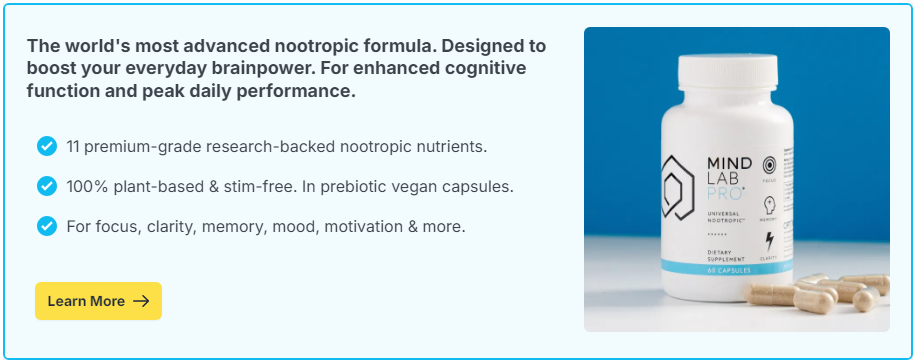
Imagine reading the word “Tuesday” and immediately tasting lemons. Or hearing a trumpet and seeing the color blue spread across your mind. For some people, this isn’t science fiction—it’s how their brains actually work.
Synesthesia, a neurological phenomenon where stimulation of one sense involuntarily triggers another, blurs the line between sight, sound, taste, and even emotion. It’s rare, mysterious, and oddly beautiful—a natural mental remix that turns perception into a multisensory experience.
But what does this tell us about the brain? And more intriguingly, does synesthesia offer any advantages—like sharper memory, enhanced creativity, or improved cognitive performance?
Contents
What Is Synesthesia?
The word synesthesia comes from the Greek roots syn (together) and aisthesis (perception). In plain English: senses blending together. People with synesthesia—known as “synesthetes”—experience an involuntary, automatic crossover between different sensory modalities.
There are over 60 documented types of synesthesia, but some of the most common include:
- Grapheme-color synesthesia: Letters and numbers are perceived as inherently colored.
- Lexical-gustatory synesthesia: Words trigger taste sensations—like “basketball” tasting like peanut butter.
- Chromesthesia: Sounds (like musical notes or voices) evoke visual experiences of color or shape.
- Mirror-touch synesthesia: Feeling physical sensations when observing others being touched.
For synesthetes, these associations aren’t metaphorical. They’re as real and consistent as seeing red when you look at a stop sign. If the word “April” has tasted like marshmallows to you since childhood, it likely always will.
How Does Synesthesia Work?
Researchers still don’t fully understand synesthesia, but two leading theories offer some insight:
1. Cross-Activation Theory
Some scientists believe synesthesia results from increased connectivity between adjacent brain regions. For instance, in grapheme-color synesthesia, the visual processing area responsible for letters and numbers lies close to the area responsible for color. In synesthetes, these areas might “bleed” into one another, triggering concurrent sensations.
2. Disinhibited Feedback Theory
Another idea suggests that everyone has potential for synesthetic experiences, but most brains filter them out. In synesthetes, the brain’s usual “gatekeeping” mechanisms are relaxed, allowing sensory crossover to bubble to the surface.
Either way, functional MRI scans confirm that synesthetes’ brains light up differently when engaging with sensory input—suggesting this is more than just imagination or metaphor. Their brains are literally wired for multisensory integration.
The Cognitive Upside of Synesthesia
While it may seem like a mental curiosity, synesthesia may actually come with some remarkable cognitive perks.
Enhanced Memory
Many synesthetes report superior memory, especially when it comes to things like names, dates, or sequences. Associating a name with a color or a number with a flavor creates a richer neural network, making recall easier. Some memory champions even train themselves to mimic synesthetic patterns to enhance retention.
Creative Firepower
Artists, musicians, and writers often report synesthetic tendencies. Famous synesthetes include Pharrell Williams (who sees music as color), author Vladimir Nabokov (who described colored letters), and painter Wassily Kandinsky (who “heard” colors in sound). Synesthesia can act like a built-in metaphor generator—offering new ways to experience and express reality.
Heightened Sensory Awareness
Synesthetes often report deeper or more immersive experiences with music, language, or even everyday stimuli. This intense sensory landscape can enhance both mindfulness and appreciation of the present moment.
Is Synesthesia Trainable?
That’s the million-dollar question. While true synesthesia appears to be neurological and often genetic, some research suggests we might all have latent abilities that can be encouraged. Practices that involve vivid mental imagery, sensory associations, or creative mnemonic techniques seem to “awaken” synesthetic-like experiences in some people.
For instance, memory palace training, color-coded note systems, and music visualization exercises tap into similar neural pathways. While this won’t create authentic synesthesia, it can still enhance cognitive flexibility and perception.
The Brain Supplement Connection
Synesthesia shows us how interconnected, malleable, and powerful the brain can be. While most of us may not naturally taste words or hear colors, we can still benefit from boosting the brain’s integrative and creative capabilities.
That’s where modern cognitive enhancers come in. Brain supplements designed to support neuroplasticity, focus, and sensory processing may help unlock similar benefits for non-synesthetes. Some nootropics are known for their potential to support:
- Working memory and associative thinking
- Creative ideation and divergent thought
- Enhanced sensory processing or mental imagery
While supplements won’t turn you into a synesthete overnight, they can support the neural functions that synesthetes excel at—like forming unexpected connections and retaining multisensory information. When combined with mindfulness, artistic practices, or memory techniques, the brain becomes more flexible, expressive, and sharp.
Synesthesia reminds us that perception is not a fixed experience—it’s deeply personal, richly layered, and sometimes downright weird (in the best way). For synesthetes, the world is a constant remix of sound, color, shape, and taste. But even for the rest of us, the principles behind synesthesia offer a mental blueprint for creativity, memory enhancement, and sensory engagement.
Whether you’re wiring new connections through daily habits, building richer memory through association, or simply sharpening your awareness with the help of nootropics, there’s a little synesthetic magic waiting to be unlocked in every brain.

